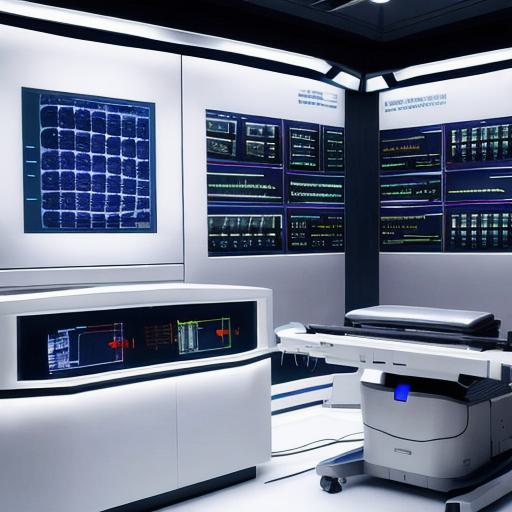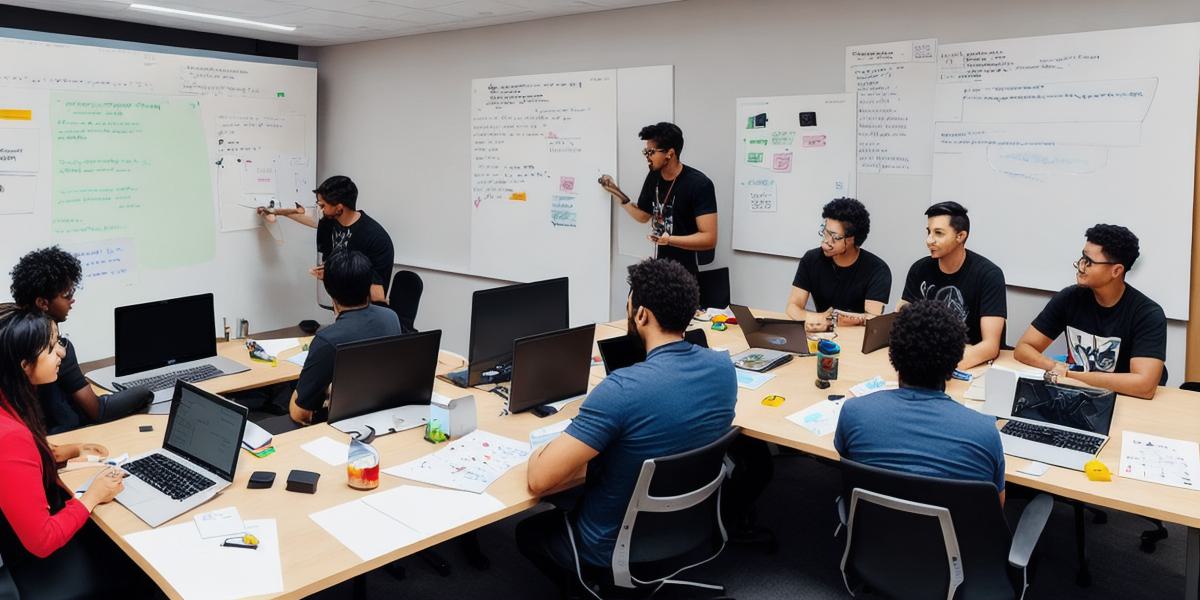As technology advances, virtual worlds are becoming increasingly popular, with millions of people around the world already participating in them. These virtual spaces offer a unique opportunity for learning and development, providing users with an immersive and engaging experience that can help them acquire new skills and knowledge. In this article, we will explore the benefits of using the metaverse for learning and development.
Immersive Learning Environment
One of the key advantages of using the metaverse for learning is the ability to create an immersive learning environment. This means that users can interact with virtual objects and simulate real-world scenarios, which can help them gain a deeper understanding of complex concepts. For example, medical students can use a virtual operating room to practice surgical procedures, while engineering students can use virtual simulations to design and test different types of structures.
Engaging Learning Experience
Another advantage of using the metaverse for learning is the ability to create an engaging learning experience. Virtual worlds are designed to be interactive and engaging, which means that users are more likely to stay focused and motivated during the learning process. This can be particularly useful for subjects that require a lot of hands-on practice, such as science or engineering.
Real-World Examples
There are many real-world examples of how the metaverse is being used for learning and development. For instance, NASA has created a virtual reality environment where astronauts can train for spacewalks and other missions. Similarly, the construction industry is using virtual simulations to design and test new building materials and techniques.
Cost Effective
Using the metaverse for learning and development can also be cost effective. Traditional classroom-based training can be expensive, with students having to pay for tuition and travel expenses. However, virtual worlds offer a more affordable option, as they do not require physical infrastructure or materials. This means that organizations can save money on training costs while still providing their employees with an engaging and immersive learning experience.
Expert Opinions
According to Dr. Jane McGonigal, a game designer and author of "The Game That Can Change the World," virtual worlds have the potential to revolutionize education. She believes that by creating immersive and engaging learning environments, virtual worlds can help students develop the skills they need to succeed in today’s rapidly changing world.
Comparisons with Traditional Learning
While traditional classroom-based training has its advantages, it can be limited by the physical constraints of a physical space. For example, it can be difficult to simulate complex scenarios or provide hands-on practice opportunities in a traditional classroom setting. In contrast, virtual worlds offer an unlimited amount of possibilities for learning and development, allowing users to create their own unique learning experiences.
FAQs

What is the metaverse?
The metaverse is a virtual reality or augmented reality space where people can interact with each other in a shared, immersive environment.
How can the metaverse be used for learning and development?
The metaverse can be used to create immersive and engaging learning environments, simulate real-world scenarios, and provide hands-on practice opportunities.
What are some real-world examples of how the metaverse is being used for learning and development?
NASA has created a virtual reality environment for astronauts to train for spacewalks, while the construction industry is using virtual simulations to design and test new building materials and techniques.




